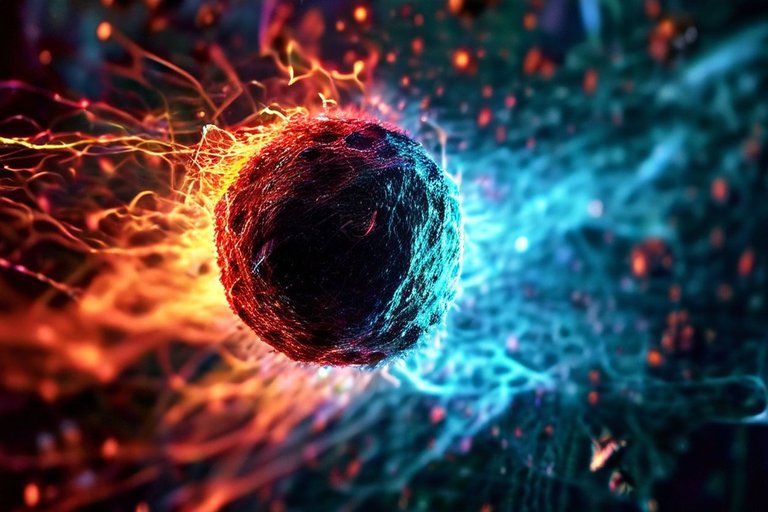The disintegration of an ultra-rare particle
The disintegration of an ultra-rare particle

At the heart of the world's largest particle physics laboratory CERN, an extremely rare phenomenon was captured for the first time with extraordinary precision, this event involving the disintegration of a particle called kaon could lead us to an even deeper understanding of the fundamental forces that govern the cosmos.

To be more exact they measured that approximately 13 out of every 100 billion kaons decayed in this way, what makes this observation more intriguing is that scientists expected a lower decay frequency, the observed rate was approximately 50% higher than predicted by the standard model, this means that we are facing a potential breakdown of the rules that govern particle physics, suggesting the possibility of a new physics.
The images without reference were created with AI
Thank you for visiting my blog. If you like posts about #science, #planet, #politics, #rights #crypto, #traveling and discovering secrets and beauties of the #universe, feel free to Follow me as these are the topics I write about the most. Have a wonderful day and stay on this great platform :) :)
0
0
0.000
Thanks for your contribution to the STEMsocial community. Feel free to join us on discord to get to know the rest of us!
Please consider delegating to the @stemsocial account (85% of the curation rewards are returned).
You may also include @stemsocial as a beneficiary of the rewards of this post to get a stronger support.